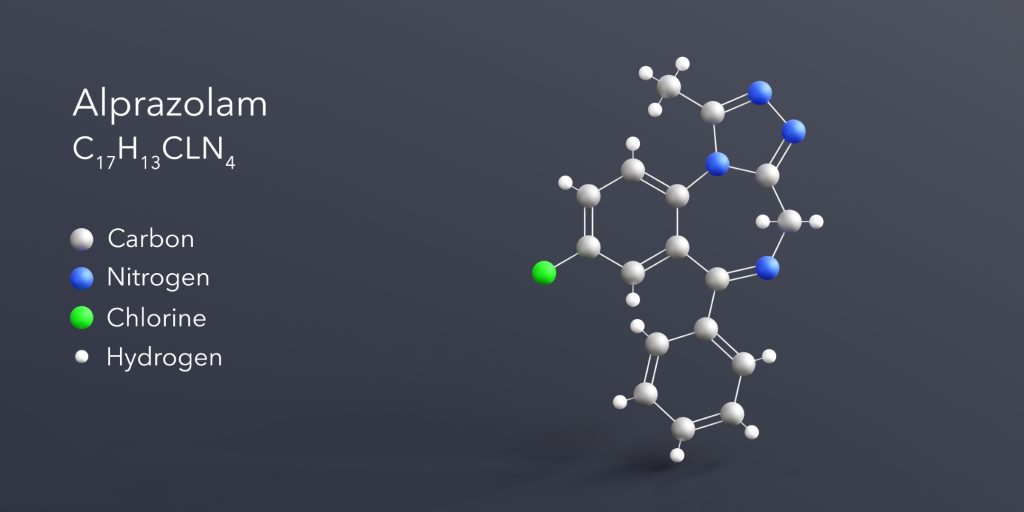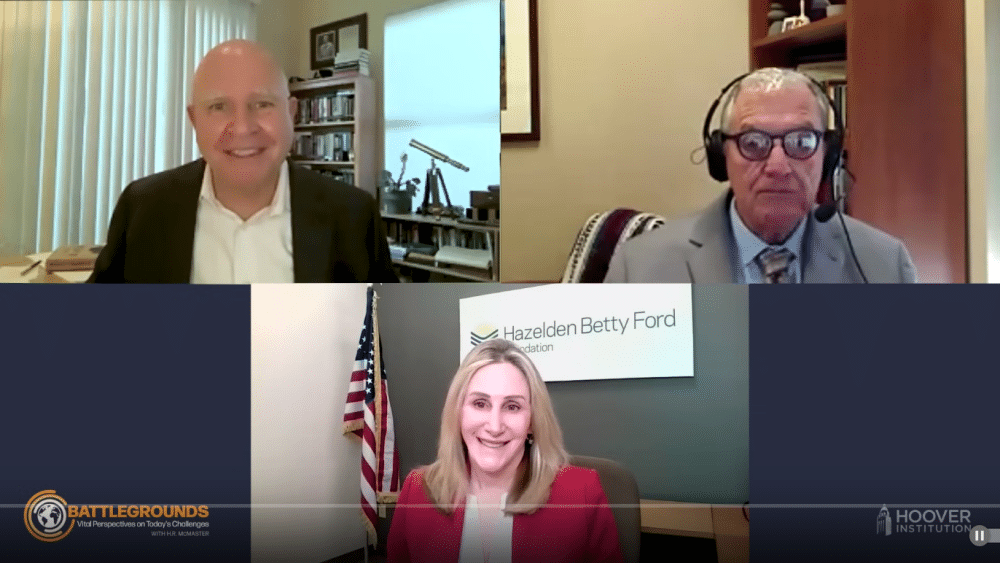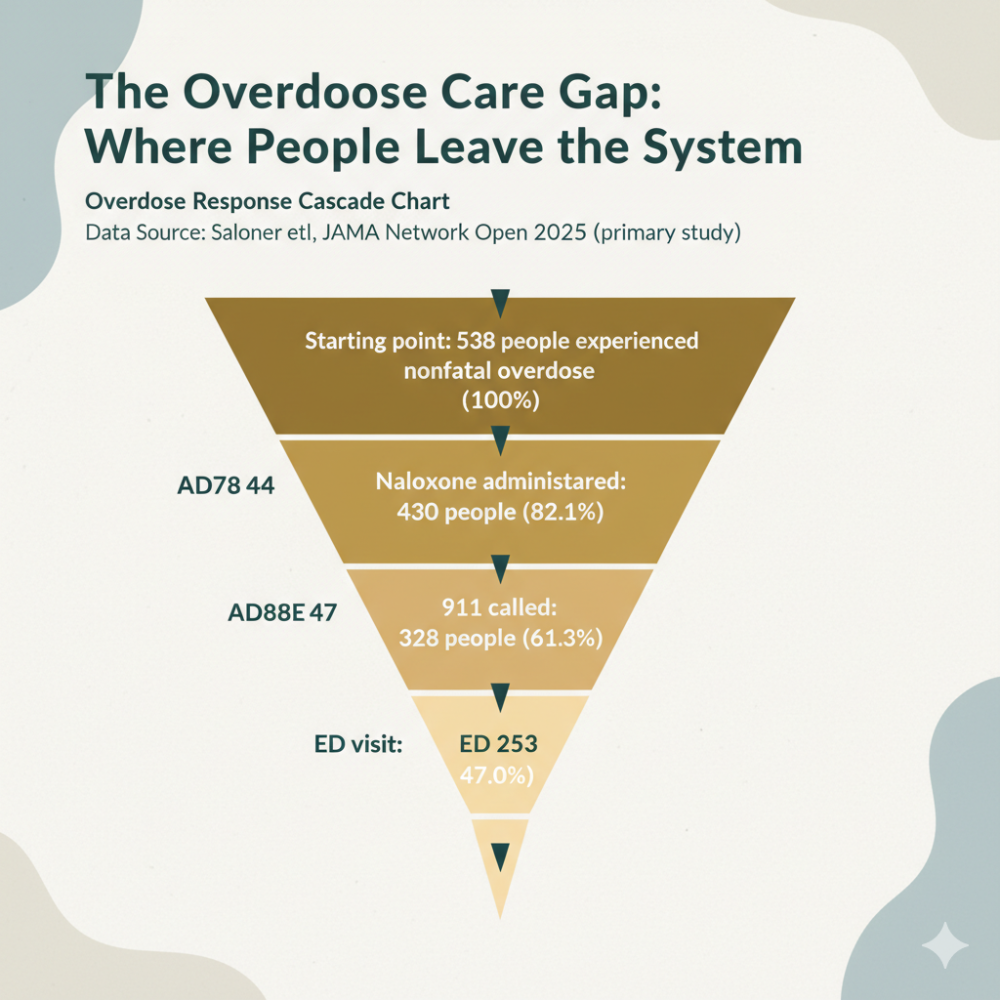Xanax, the brand name for alprazolam, is a widely prescribed benzodiazepine medication. While it can be effective in treating anxiety and panic disorders, it also carries significant risks, including dependence, addiction, and potentially dangerous withdrawal symptoms. This post will explore what Xanax is, how it works, its potential dangers, and the importance of seeking professional help for Xanax addiction.
What is Xanax?
Xanax is a central nervous system (CNS) depressant belonging to the benzodiazepine class of drugs. It works by enhancing the effects of a neurotransmitter called gamma-aminobutyric acid (GABA) in the brain. GABA helps to calm nerve activity, reducing feelings of anxiety, fear, and panic. [1]

Medical Uses of Xanax:
Xanax is primarily prescribed for the short-term treatment of:
Generalized Anxiety Disorder (GAD): Characterized by persistent and excessive worry.
Panic Disorder: Involving sudden and intense episodes of fear (panic attacks).
Anxiety associated with depression: Xanax can sometimes be used alongside antidepressants.
Insomnia (in rare cases and short-term use only).
It’s crucial to understand that Xanax is generally intended for short-term use (typically no more than a few weeks) due to its high potential for dependence. [2]
The Risks of Xanax Use:
Even when taken as prescribed, Xanax can cause side effects, including:
- Drowsiness and fatigue
- Dizziness and lightheadedness
- Impaired coordination and balance
- Memory problems
- Slurred speech
- Confusion
- Depressed mood
- Headache
- Changes in appetite or weight
Xanax Dependence and Addiction:
One of the most significant risks associated with Xanax is its potential for dependence and addiction. With regular use, the body can develop a tolerance, meaning that higher doses are needed to achieve the same effect. This can quickly lead to physical and psychological dependence.
Physical Dependence: The body adapts to the presence of Xanax, and abrupt discontinuation or dose reduction can trigger withdrawal symptoms.
Psychological Dependence: Individuals may feel unable to cope with anxiety or stress without the drug, leading to compulsive use.
Xanax Withdrawal:
Xanax withdrawal can be severe and even life-threatening. Symptoms can include:
- Anxiety and panic attacks (rebound anxiety)
- Insomnia
- Restlessness and agitation
- Tremors and muscle spasms
- Sweating
- Nausea and vomiting
- Headaches
- Seizures (in severe cases)
- Hallucinations
- Delirium
Because of the dangers of Xanax withdrawal, it is never recommended to stop taking Xanax abruptly or without medical supervision. A medically supervised detox program is the safest and most effective way to manage withdrawal symptoms and begin the recovery process. [3]
The Dangers of Mixing Xanax with Other Substances:
Combining Xanax with other CNS depressants, such as alcohol, opioids, or other benzodiazepines, is extremely dangerous. This combination can significantly increase the risk of:
- Respiratory depression (slowed or stopped breathing)
- Overdose
- Coma
- Death
The Rise of Counterfeit Xanax:
The illicit market for Xanax has grown, with counterfeit pills often containing dangerous substances like fentanyl. These fake benzos can be indistinguishable from legitimate medications, making it impossible to know what you’re taking. Fentanyl is a highly potent synthetic opioid that can cause a fatal overdose even in tiny amounts. [4]
Seeking Help for Xanax Addiction:
If you or someone you know is struggling with Xanax use, it’s crucial to seek professional help. Recovery is possible, and a comprehensive treatment plan can provide the support and resources needed to overcome addiction.
Treatment options typically include:
Medically Supervised Detox: A safe and controlled environment to manage withdrawal symptoms.
Inpatient Rehabilitation: Intensive therapy and support in a residential setting.
Outpatient Treatment: Ongoing therapy and support while living at home.
Therapy: Cognitive-behavioral therapy (CBT), individual counseling, group therapy, and family therapy can help address the underlying causes of addiction and develop coping skills.
Support Groups: 12-step and non-12-step programs and support groups provide peer support, encouragement, and a sense of community.
Conclusion:
Xanax can be a helpful medication when used appropriately and under strict medical supervision. However, its potential for dependence, addiction, and dangerous withdrawal makes it crucial to understand the risks. If you’re concerned about your Xanax use or the use of someone you love, don’t hesitate to reach out for help. A brighter, healthier future is possible with the right support.
If you are struggling with Xanax use, please seek help. Contact Gallus Detox today to learn more.
Sources:
National Institute on Drug Abuse (NIDA): Benzodiazepines and Opioids. https://www.drugabuse.gov/drug-topics/opioids/benzodiazepines-opioids
American Psychiatric Association: Diagnostic and Statistical Manual of Mental Disorders, Fifth Edition (DSM-5).
Substance Abuse and Mental Health Services Administration (SAMHSA): Detoxification and Substance Abuse Treatment. https://store.samhsa.gov/product/TIP-45-Detoxification-and-Substance-Abuse-Treatment/SMA13-4131
Drug Enforcement Administration (DEA): Counterfeit Pills. https://www.dea.gov/factsheets/counterfeit-pills
Long-Term Use and Safety of Alprazolam: https://www.ncbi.nlm.nih.gov/pmc/articles/PMC5846112/


 Steve B
Steve B 
